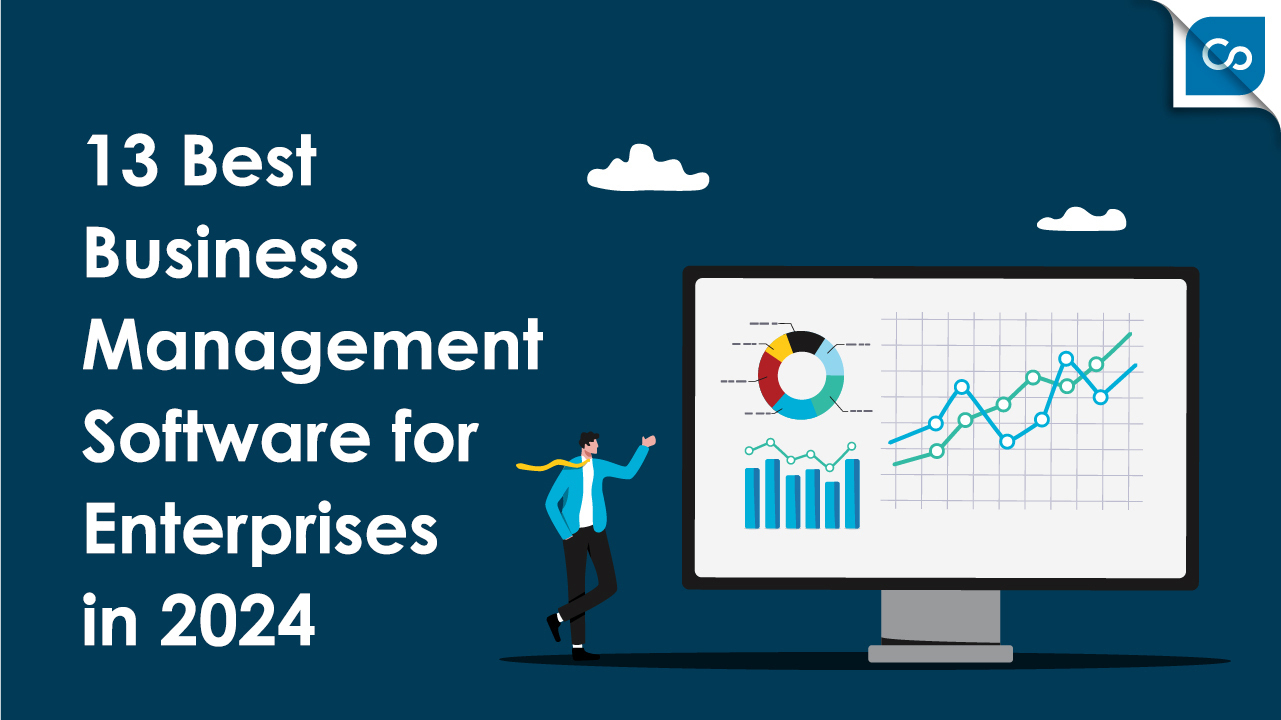Are you concerned about your operational costs?
It might be labour costs, commissions, or even your maintenance fees. There might even be operating costs you’re not entirely aware of that are hurting your bottom line. For some companies, this is the cost of doing business. But it doesn’t have to be that way.
Understanding your operational costs is imperative as it has a direct link to your profitability. But cost-cutting doesn’t have to raise alarm bells or impact your ability to do business. It should provide an opportunity to identify how you can perform tasks more efficiently and operate more effectively.
So where do you start? If you’re not sure what operational costs will provide the most significant impact on your finances, try these ones first.
1. Pay Invoices Early
There are several vendors that offer discounts when you pay your invoice early. Even though it might only be two or three per cent, it adds up over the financial year. For example, if you’ve got a contract that costs $10,000 per month, you could end up saving up to $2,400 over 12 months. It also avoids increasing your operational costs by paying late fees or penalties, which can also add up if they’re not paid on time.
2. Negotiate Better Rates for Vendors
Paying invoices early also has another benefit. It can provide an opportunity to renegotiate your contract for better rates or higher discounts for paying on time. Don’t be afraid to shop around either. Check out competitors and go into your negotiation armed with research that you can use to get a better rate.
3. Cancel Any Unused Services
Paying invoices early and reviewing vendor rates also provides you with an opportunity to identify what your business needs and what it doesn’t. You might even find some services you’re paying for that you no longer require. It can be easy to lose track of these items, especially if you’re on a subscription or your corporate credit card is linked to it, and the money automatically comes out. While you’re reviewing these items, look for opportunities to decrease what you’re being charged for the services you need for your business.
4. Hire Contractors Instead of Employees
There are often jobs within your company that need to be done but may not necessarily be long-term or a core component of the organisation. It can be easy to hire employees and keep them on the books until they’re no longer required, but sometimes it’s cheaper to outsource or recruit contractors instead. It’s also better than adding the workload to other employees. You might be more likely to lose them due to burnout or dissatisfaction that they’re not being compensated for the additional responsibilities.
5. Reduce Office Space
With more employees able to work from home or remotely, it allows companies to review how much office space they need to reduce operational costs. Sizing down your square footage doesn’t just save you rent. There may be other savings such as insurance, utilities, and even furniture replacement. If you have servers you work from, it could be an opportunity to move to the cloud to save office space and costs related to maintenance.
6. Identify Inefficiencies
One of the most effective ways to reduce operational costs is to identify inefficiencies and refine business processes. It might seem like a time-consuming task, but the rewards are worth the effort. For example, is your data stored in multiple areas across your business? This can require numerous personnel to gather this information when projects or decisions need to be made. An integrated business management system is a better alternative as it keeps all your data in one place and allows everyone to access it when required. It will also reduce your operational costs.
7. Think Green
Not only is going green good for the environment, but it also reduces your operational costs. It will also demonstrate to your customers that you’re socially responsible and committed to reducing your impact on the planet. It doesn’t have to affect the way you do business either. You can look to eliminate printing documents within the office and change the lighting to LED alternatives. It’s also worth looking into government subsidies as you may be rewarded financially for your environmentally friendly decisions.
8. Integrate Your Technology
As part of your review of the services you’re paying for and inefficiencies within your organisation, one of the factors that will come up is your technology solutions. You may find that each division within the organisation utilises various platforms that serve the same purpose. It also makes it difficult to share knowledge and information as well as make strategic decisions. Not to mention that it’s also impacting your operational costs. Using an integrated business management system can remove these inefficiencies and promote a collaborative environment. You’ll notice the cost-savings related to hosting and maintaining it, especially as it’s cloud-based.
How an Integrated Business Management System Reduces Operational Costs
Operational costs can spiral out of control when organisations begin implementing their own processes and software. There are ripple effects when these information silos start appearing. It introduces single points of failure, inhibits collaboration, and impacts your bottom line.
By implementing an integrated business management software, you can waste less time on inefficient tasks and more time on making strategic decisions that increase revenue and allow your organisation to grow sustainably.
At ContinuSys, we are passionate about eliminating unnecessary data and technology costs for businesses. Our integrated suite of web and mobile apps empowers everyone within your organisation to build resilience and operate at their very best at all times. Want to find out more about the ContinuSys difference? Get in touch with us today to find out how we can help you.


